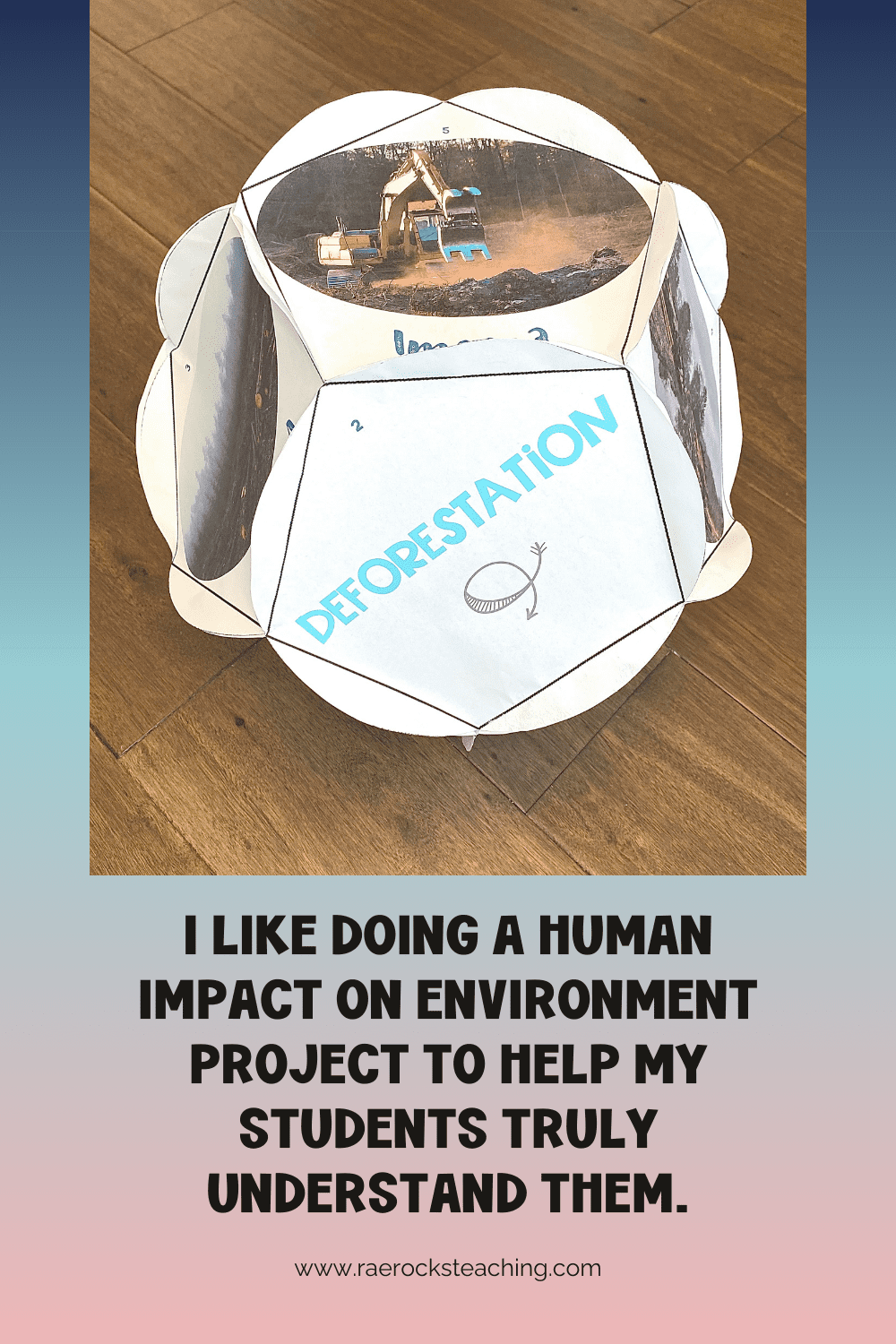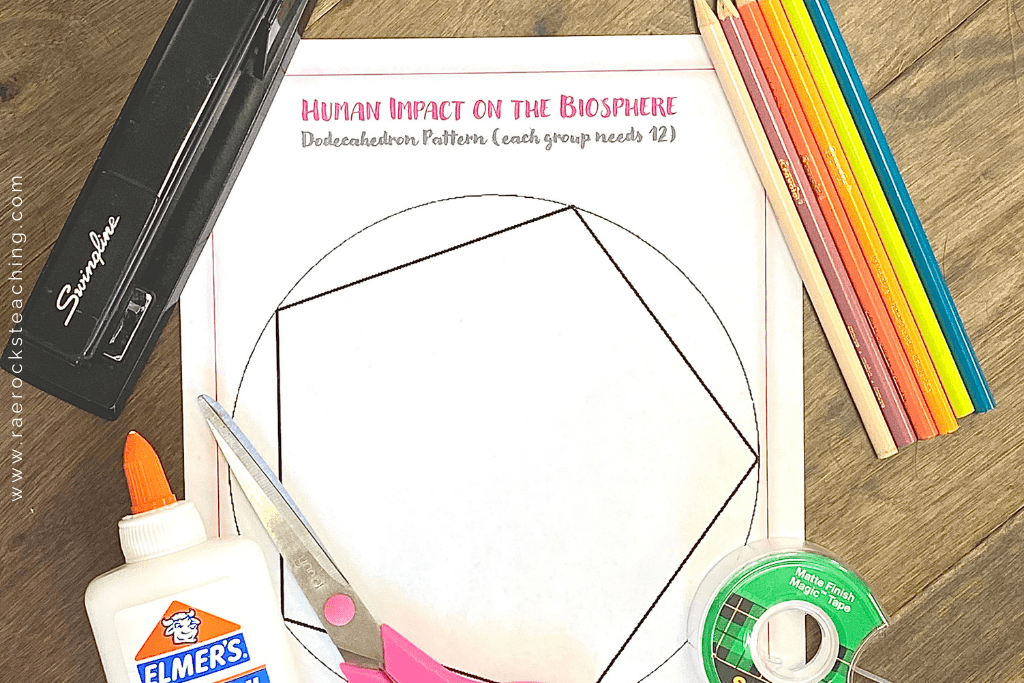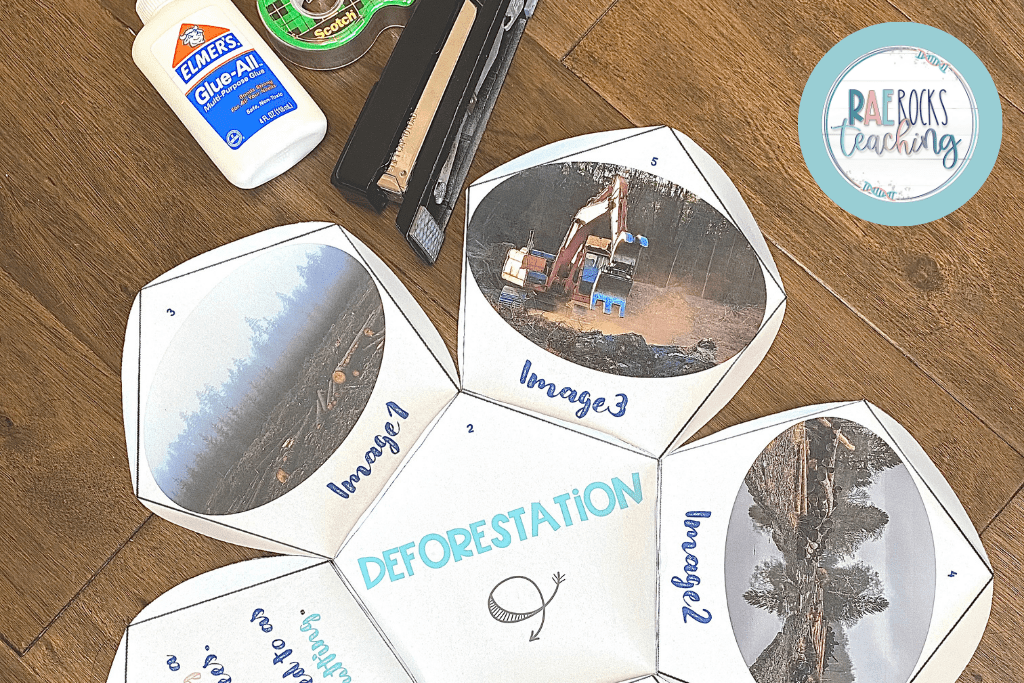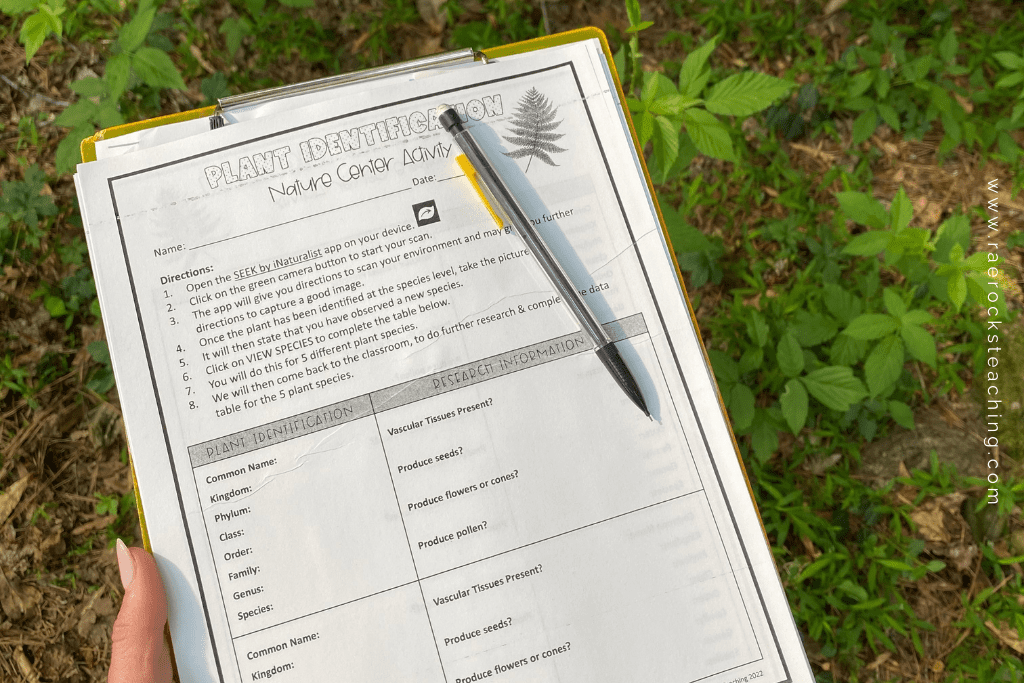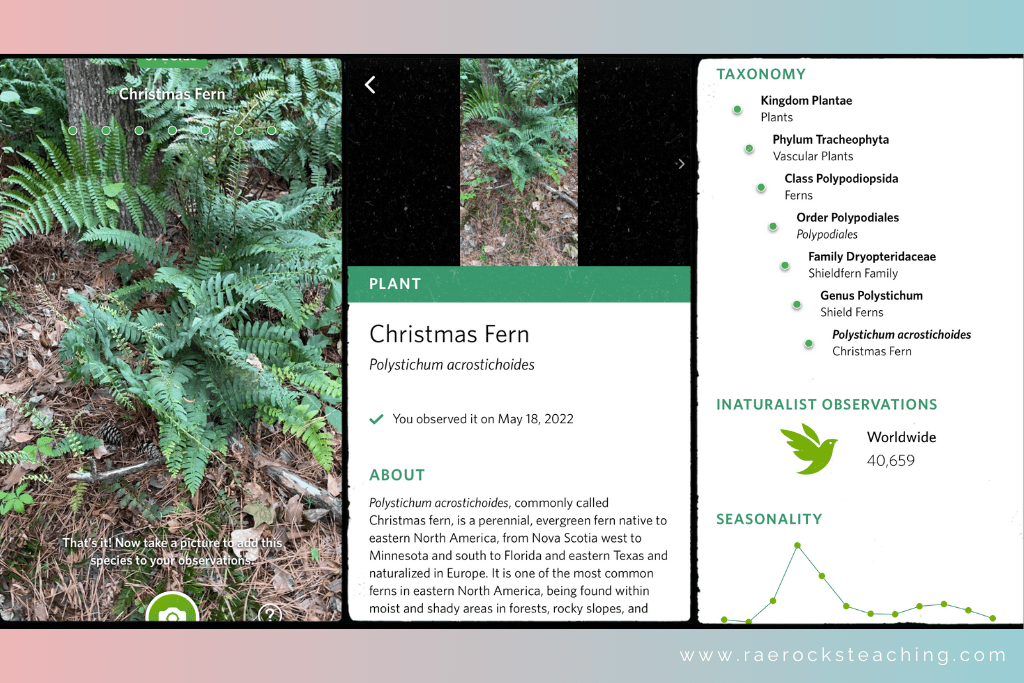Earth day ideas for high schools might be on your mind as the date approaches, leading you to wonder, “Do I have room to fit another activity into my already jam-packed curriculum?” The short answer: Absolutely, yes. Let me tell you why dedicating a day in your high school science class for an Earth Day activity isn’t just a nice-to-have—it’s essential.
But first, have you been looking for different ways to engage your Biology students? Then grab your FREE COPY of the ULTIMATE ENGAGEMENT GUIDE!
First off, Earth Day isn’t just another day on the calendar; it’s a global recognition of our planet’s fragility and a call to protect it. For us science teachers, it’s the perfect hook to engage students with real-world applications of what we teach. Think about it; when else do you have a worldwide event that so directly relates to our subject matter?
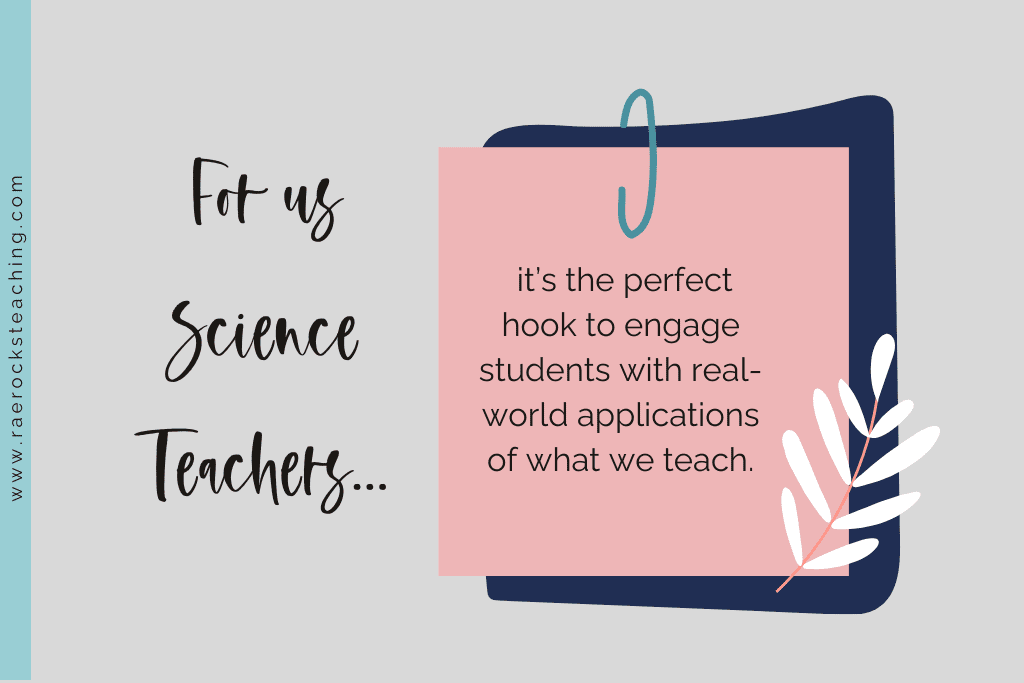
-
Save
Building Awareness and Responsibility
Our students are the next generation of voters, consumers, and maybe even policymakers. Earth Day activities can spark an interest in environmental issues, laying the groundwork for more responsible behavior. It’s about making them aware of the impact of their actions and the power they hold to make positive changes. Plus, let’s be honest, it’s pretty cool to see students get passionate about something that matters.
Making Science Relatable
We’ve all faced the challenge of students asking, “When are we ever going to use this in real life?” Earth Day provides a golden opportunity to answer that question. Activities focused on sustainability, conservation, and the science behind environmental protection show students the direct application of what they learn in class to real-world problems.
Allows for Creativity and Critical Thinking
Earth Day projects can push students out of their comfort zones and encourage them to think critically and creatively. Whether it’s designing an eco-friendly product or analyzing the impact of human activities on local ecosystems, these projects challenge students to apply scientific principles in innovative ways. This not only enhances their learning experience but also hones skills that are invaluable both inside and outside the classroom.
Earth Day Ideas for High Schools
ONE | Human Impact on Environment Project
Human impacts can be taught in so many ways in high school, but I like doing a human impact on environment project to help my students truly understand them. I feel that they learn so much more in creating their own product instead of me lecturing on the various human impacts.
First, I break my class into small groups of 3 to 4 and then I assign each group a human impact.
Student need the following items for this project.
- Markers/colored pencils
- Scissors
- Glue/tape/stapler
- 12 pages of the dodecahedron pattern
Each slide of the dodecahedron has information that should be filled in by the students based on their human impact project topic. I give students time in class to work on their research and assembling their projects.
Once students have completed and submitted their projects, I love having the students doing a museum walk to observe each groups human impact project. They go around to each project and complete handout with information that pertains to each impact. I want them to not only have a deep understanding for their human impact, but also the other human impacts.
I grade each groups project based on their content, peer evaluation, the museum gallery walk, and neatness/creativity.
If you would like to incorporate this human impact on environment dodecahedron group project into your classroom, you can get it here.
TWO | Plant Identification Nature Walk
Take your class on a nature walk around the school or a nearby park. Have them observe and document different species of plants and animals, discussing their roles in the ecosystem and the importance of biodiversity. Maybe a field guide or a smartphone app for identifying plants and animals if you want to get fancy. Encourage them to think about how these local species contribute to the global environment. It’s a great way to get them outside, moving, and engaged with the direct environment.
THREE | Eco-Friendly Product Investigation
Split the class into small groups and assign each a common household product, like cleaning supplies, personal care products, or food packaging. They’ll research eco-friendly alternatives to these products, focusing on ingredients, packaging, and the company’s environmental policies. Each group then presents their findings, maybe in a fun, Shark Tank-style presentation. It’s a blast and gets them thinking critically about everyday choices.

-
Save
Step 1: Put students into a group of 3-4. Choose a range of common household products to investigate. Consider including items from various categories such as cleaning supplies (e.g., detergents, surface cleaners), personal care products (e.g., shampoos, toothpaste), and food packaging (e.g., cereal boxes, canned goods).
Step 2: Research and investigate alternatives: Students use the internet to research eco-friendly alternatives to their assigned product. They should look into the sustainability of the ingredients, the environmental impact of the packaging, and any eco-friendly certifications or policies the company has in place. Encourage students to think critically about the broader environmental impact of these products, including their production, use, and disposal.
Step 3: Students will prepare a presentation: Each group prepares a presentation of their findings, focusing on the benefits of the eco-friendly alternative over the traditional product. They should be ready to answer questions such as why it’s a better choice, how it affects the environment less, and whether it’s a viable alternative in terms of cost and accessibility.
Step 4: Create a fun and engaging atmosphere for the presentations. You could set up the classroom like the “Shark Tank” set, where groups pitch their eco-friendly alternatives to a panel of “sharks” (which could be you, other teachers, or even students from another class). After each presentation, allow the “sharks” and the audience (the rest of the class) to ask questions. This encourages critical thinking and allows students to defend their findings, simulating a real-world scenario. Provide constructive feedback on each presentation, focusing on the depth of research, presentation skills, and the feasibility of the proposed alternatives. Encourage students to reflect on what they learned about the environmental impact of everyday products and the importance of making sustainable choices.
Including Earth Day activities in your high school science class is more than just a nod to environmentalism. It’s an opportunity to enrich your students’ education, inspire future stewards of the planet, and, frankly, have some fun. Because if there’s one thing we know, it’s that learning sticks when students are engaged and see the relevance of what they’re studying.
So, as Earth Day approaches, let’s embrace the chance to bring our classrooms alive with activities that not only celebrate our planet but also empower our students to protect it. Trust me, it’s worth it.
I love sharing with y’all and would love to connect on IG or Facebook. Don’t forget to snag the 15 Activities for Biology to Increase Engagement FREEBIE!

-
Save
I love sharing helpful content with y’all and would love to connect on IG or Facebook. I’m on TikTok too! Follow me and send me a DM with what you need more of because I’m here to help! If you are looking for even more inspiration, find me on Pinterest!
Share via:


